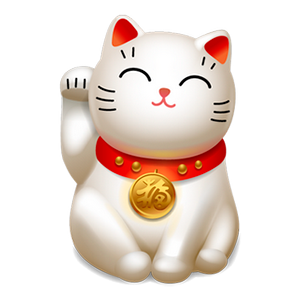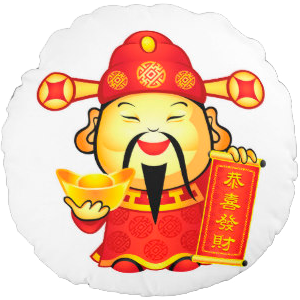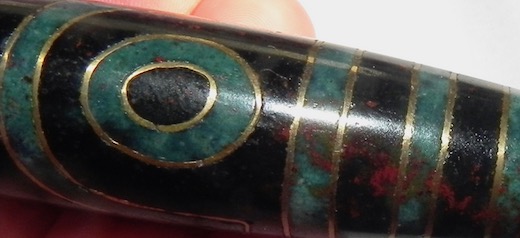Silver and gold threads as well as semi-precious stones became main peculiarity of unusual dZi beads series of ancient Tang Dynasty.

Princess Wencheng of Tang Dynasty
On March 2, 641 Chinese Princess Wencheng came to Tibet as a wife of Tibetan imperator Songtsan Gambo and the era of great Tan Dynasty began, from which the development of Tibetan Buddhism began which has twisted with ancient local Bonpo religion. It was then when there appeared dZi beads incrusted with gold, silver and precious stones.
How many disputes there were about it! The real supporters of Bonpo religion did not understand additional improvements of dZi beads with precious stones and called them “incorrect”. Nevertheless, all the noblemen accepted the improved dZi with pleasure and wore them proudly. Some of them took the real dZi bead and covered it with gold or silver and additionally carved out the eyes on the surface of precious metal.
Soon some Bonpo shamans found these variations of dZi beads acceptable for some rituals when, to their mind, precious metal played the role of additional conductor of necessary energy. That’s the way dZi beads with additional incrustation with gold, silver, bronze and copper as well as with semi-precious stones took their place among dZi beads. But they could be hardly met. And it is explainable. The poor Tibetans did not have opportunities to have such jewelry, and the noblemen did not squander their improved talismans.
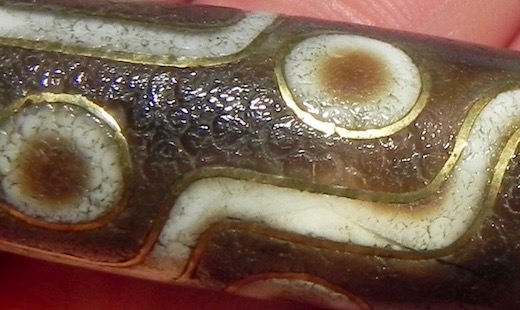
As for princess Wencheng, her name went down in history. There are a lot of myths and legends around her name in chronicles. There was a time when the Potala Palace was built in her honor. She was honored after her death offering sacrifices. The statue of Wencheng that was made 1300 years ago is still stored in Tibet. The locals still celebrate her birthday and the day of her arrival in Tibet.
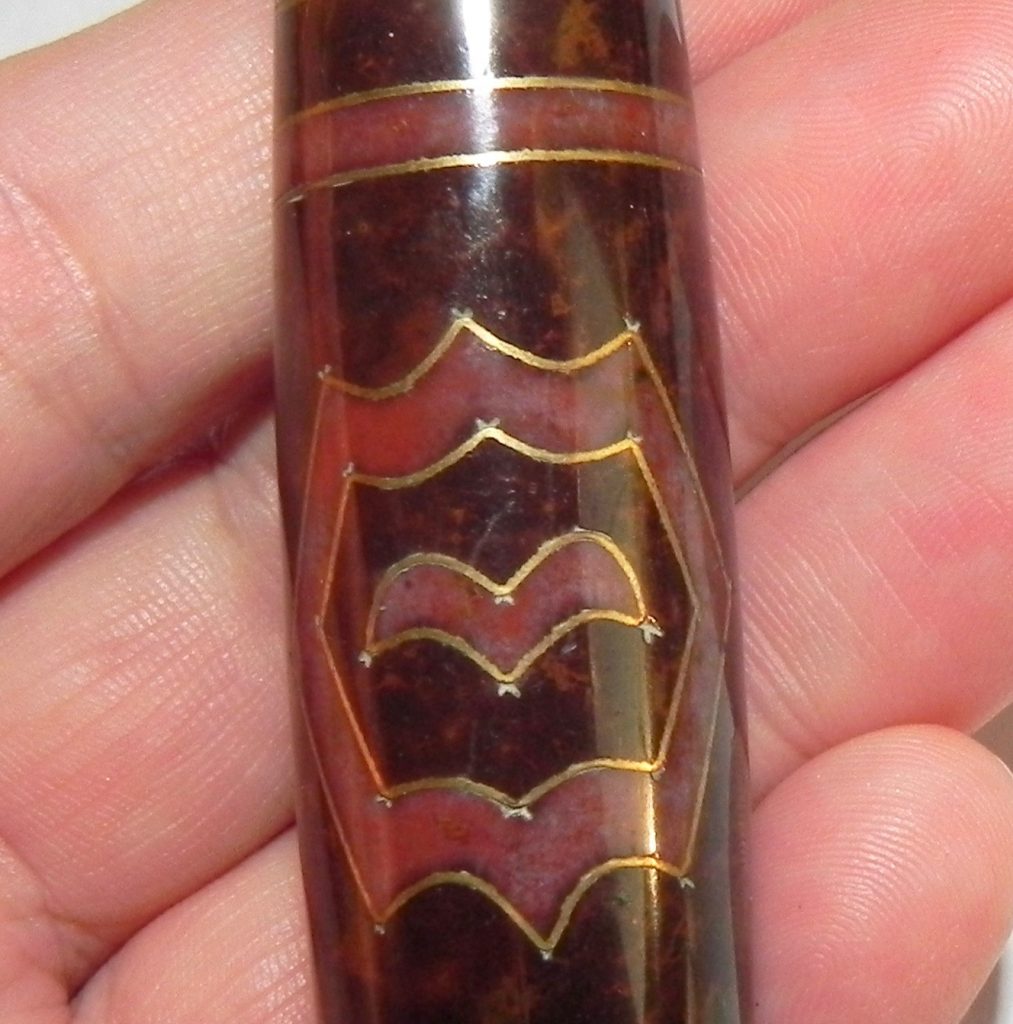
Dzi beads incrusted with gold, silver, bronze, copper threads and semi-precious stones are extant as heritage of Tang Dynasty.
Nowadays there are several types of such dZi beads. There are the beads which are covered with gold or silver and pictograms are repeatedly carved out on the surface. There are also such beads which remain the same but they are added with metal threads. For this purpose a thin deep groove is made along the pictograms. This is delicate and hard work. Then a thin wire made of gold, silver or bronze is inserted into the groove.
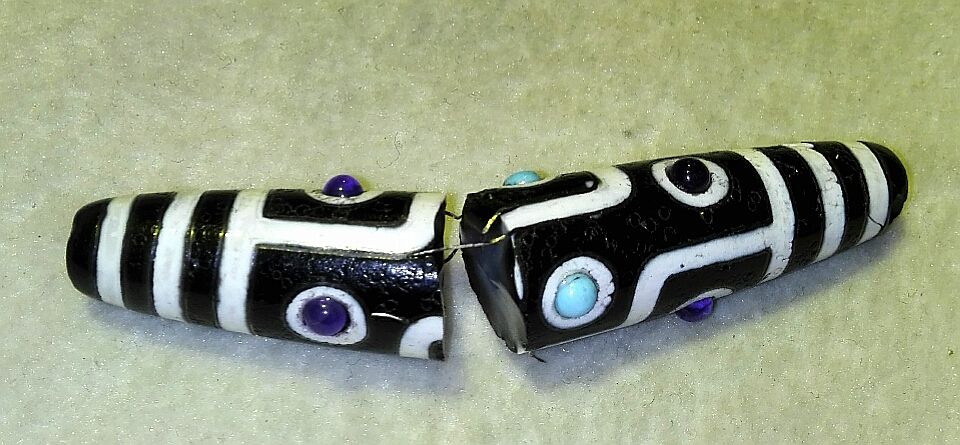
Sometimes the eyes are incrusted with semi-precious stones too. For this purpose a recess is cut out in the eye and a round semi-precious bead is fastened in it.
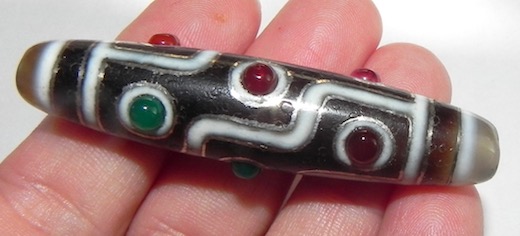
Sometimes semi-precious stones are inserted not in the place of the eyes, but on the ends of dZi bead. As you can see in the picture below (incrustation of agate Dzi bead ends with lapis).

The cost of such beads depends on many factors. First of all a very important factor is the cost of the bead before incrustation. These can be either expensive and rare beads or the cheaper items. Further evaluation depends on the additional materials. Gold is more expensive, silver is cheaper. Good conductors of energy are dZi beads incrusted with copper-bronze alloy. Furthermore they look like the items with gold threads but they are cheaper.
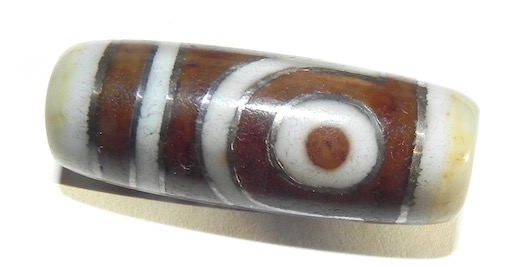
My collection contains younger items of this unusual, mysterious series which is extant as such, as energetic part of ancient Tang Dynasty. The provided here items do not refer to ancient dZi beads. Although some of these dZi beads themselves are rather old, nevertheless they were incrusted with metal threads and semi-precious stones much later. There are not many such items. The most part of the collection consists of dZi beads of 20 years old and more. Nowadays they are the heritage of ancient times of Tang Dynasty…
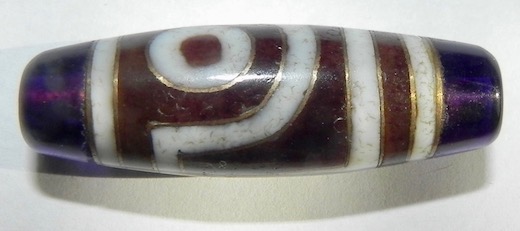
Natalia
